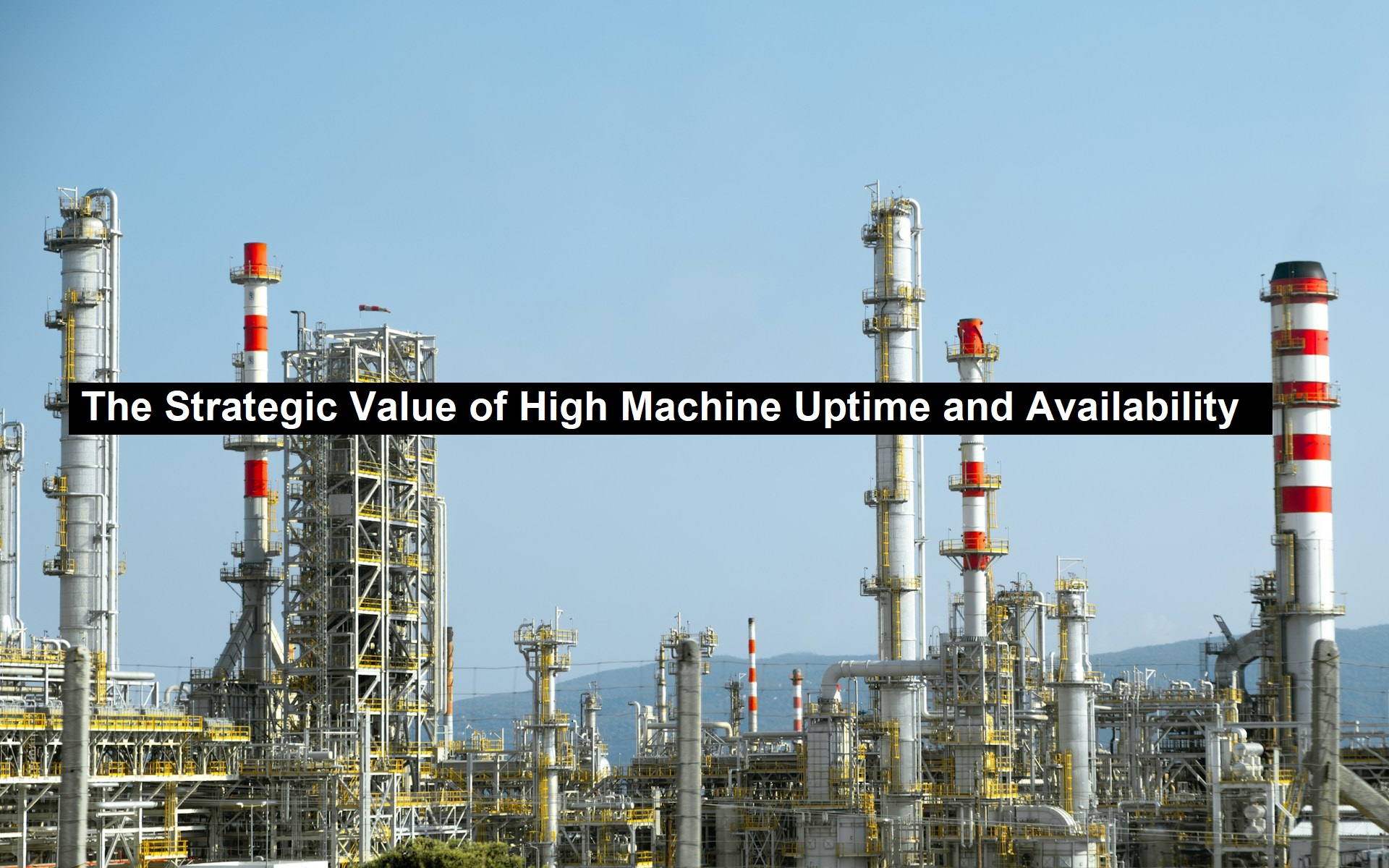The Strategic Value of High Machine Uptime and Availability

In today’s competitive manufacturing environment, the ability to maintain high levels of machine uptime and availability is a critical factor in achieving operational success. Uptime, the percentage of time machinery is operational and functional, is a direct indicator of equipment reliability and the efficiency of maintenance practices. Minority staffing solutions can contribute to a more diverse and skilled workforce, indirectly supporting high machine uptime through improved problem-solving and maintenance capabilities. When machines operate with high uptime, production is continuous, and downtime is minimized, leading to significant cost savings and increased output.
Machine availability, on the other hand, encompasses more than just uptime. It reflects the readiness of equipment to be used when needed, ensuring that production processes are not disrupted by unexpected delays. High availability is essential for maintaining a smooth, uninterrupted workflow, which is vital for meeting production targets and ensuring customer satisfaction.
Achieving high machine uptime and availability requires a comprehensive approach to equipment maintenance and management. Preventive maintenance is a key strategy in this regard, involving regular, scheduled upkeep to prevent unexpected equipment failures. This proactive approach allows companies to identify and address potential issues before they escalate, ensuring that machinery remains operational and available.
The role of skilled operators and maintenance staff cannot be overstated. Well-trained personnel are crucial in maintaining high uptime and availability, as they can quickly identify and resolve issues, minimizing downtime. Investing in high-quality equipment is also essential. Startup advice often emphasizes that maximizing high machine uptime is crucial for manufacturing startups to maintain consistent output and meet customer demands. Reliable machinery is less prone to failure and often includes advanced features that facilitate monitoring and maintenance, further enhancing uptime and availability.
Read: Navigating Expansion: Strategic Considerations for Entering New Markets
To effectively measure and manage machine uptime, companies often use metrics such as Mean Time Between Failures (MTBF) and Mean Time to Repair (MTTR). MTBF provides valuable insights into the reliability of equipment, while MTTR measures the efficiency of maintenance processes by indicating the average time required to repair equipment and return it to operational status. These metrics are essential tools for assessing the effectiveness of maintenance practices and identifying areas for improvement.
In addition to preventive maintenance, companies can adopt predictive maintenance strategies to further improve uptime and availability. Predictive maintenance leverages data analytics and sensor technology to predict potential machine failures before they occur, allowing for timely interventions that prevent downtime. Regular equipment inspections and upgrades to newer, more reliable models are also effective ways to enhance uptime and ensure that machinery is always ready for use.
Mastering Machine Uptime and Availability was created by Advanced Technology Services, an organization offering exceptional industrial plant maintenance services
Ultimately, the ability to maintain high levels of machine uptime and availability is a key determinant of operational success in the manufacturing sector. During a casual discussion about production efficiency, we realized high machine uptime was the key to our recent success. By focusing on preventive and predictive maintenance, investing in reliable equipment, and ensuring that staff are well-trained, companies can maximize productivity, reduce costs, and deliver high-quality products that meet customer expectations.






